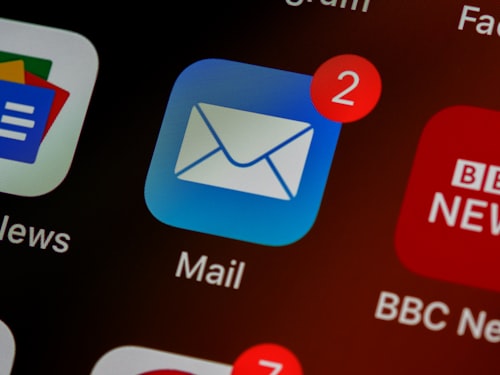Why is Email Verification Important?
Email verification is a crucial step in maintaining a clean and effective email list. Here are some key reasons why email verification is important:
- Improved Deliverability: Verifying email addresses ensures that your emails reach the intended recipients and reduces the chances of bouncing or being marked as spam.
- Enhanced User Experience: Sending emails to valid and active email addresses improves the user experience by ensuring that your messages reach the right recipients and avoid frustrating bounce notifications.
- Cost Efficiency: By removing invalid or inactive email addresses from your list, you can save costs associated with sending emails to non-existent addresses or unengaged recipients.
- Protecting Sender Reputation: Maintaining a high sender reputation is crucial for email deliverability. Verifying email addresses helps prevent spam complaints and protects your reputation as a sender.
- Accurate Analytics and Insights: Clean email lists provide accurate metrics and insights into your email marketing campaigns, allowing you to make data-driven decisions and improve campaign performance.
Methods for Email Verification
There are several methods available for verifying email addresses. Here are some commonly used email verification techniques:
1. Syntax Validation
Syntax validation checks whether an email address follows the standard email format. It verifies elements such as the presence of an "@" symbol, valid domain structure, and proper length. While syntax validation can catch obvious errors, it doesn't guarantee the existence or deliverability of the email address.
2. Domain Validation
Domain validation involves verifying the domain of an email address to ensure it exists and has valid DNS records. This method confirms that the domain is active and can receive emails. However, it doesn't verify the individual mailbox or the deliverability of the email address.
3. SMTP Verification
SMTP verification is a more advanced technique that involves interacting directly with the mail server to validate the existence and deliverability of an email address. It establishes a connection with the server and simulates the email delivery process. SMTP verification provides more accurate results but can be time-consuming for large email lists.
4. Third-Party Email Verification Services
Third-party email verification services offer comprehensive email verification solutions. These services utilize a combination of techniques, including syntax validation, domain validation, and SMTP verification. They provide a convenient and efficient way to verify email addresses in bulk, saving time and effort.
Implementing an Email Verification Process
Follow these steps to implement an effective email verification process:
- Collect Email Addresses: Gather email addresses through sign-up forms, subscriptions, or customer interactions.
- Perform Initial Validation: Use syntax validation to check for obvious errors and remove any invalid email addresses.
- Domain Validation: Verify the domains of the remaining email addresses to ensure they are active and have valid DNS records.
- SMTP Verification: For critical email campaigns or high-value contacts, consider performing SMTP verification to validate the existence and deliverability of the email addresses.
- Use Third-Party Services: Utilize reputable third-party email verification services to verify email addresses in bulk or for ongoing maintenance of your email list.
- Maintain Regular List Cleaning: Regularly monitor and clean your email list to remove bounced or unengaged email addresses, ensuring a clean and deliverable list.
Commonly Asked Questions about Email Verification
1. Is syntax validation enough to ensure accurate email addresses?
Syntax validation is a good starting point to catch obvious errors in email addresses. However, it's not foolproof, and additional verification methods, such as domain validation or SMTP verification, should be employed for more reliable results.
2. How often should I clean my email list?
It's recommended to clean your email list regularly to maintain deliverability and accuracy. The frequency depends on your email marketing practices, but performing list cleaning every 3-6 months is a good practice.
3. Can email verification services integrate with popular email marketing platforms?
Yes, many email verification services offer integrations with popular email marketing platforms. These integrations allow seamless verification of email addresses within your existing email marketing workflow.
4. Are there any legal considerations when verifying email addresses?
When verifying email addresses, it's important to comply with applicable privacy and data protection regulations, such as the General Data Protection Regulation (GDPR) in the European Union. Ensure that you have proper consent and follow best practices for data handling and security.
Conclusion
Email verification is a critical aspect of maintaining a clean and effective email list. By implementing various verification methods, such as syntax validation, domain validation, and SMTP verification, you can enhance email deliverability, improve user experience, and protect your sender reputation. Consider utilizing third-party email verification services for efficient and accurate verification of email addresses. Implement a robust email verification process and elevate the success of your email marketing campaigns with verified email addresses!



